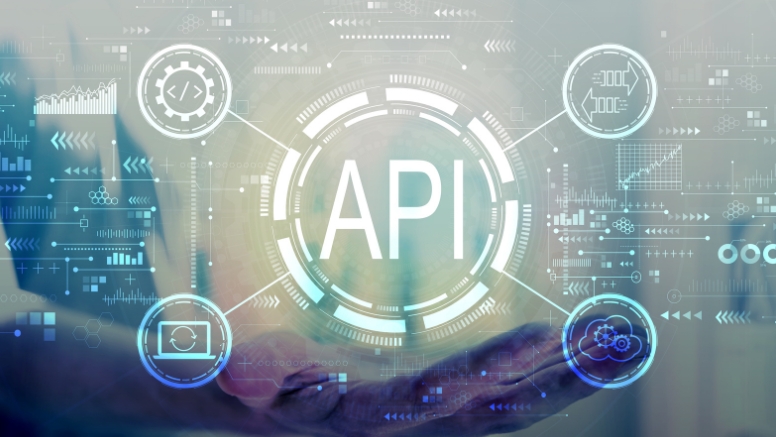
In an increasingly interconnected digital landscape, Application Programming Interfaces (APIs) play a crucial role in enabling seamless integration and communication between different software systems. However, with the rapid proliferation of APIs, the security risks associated with them have become a significant concern. To address these challenges, the Open Web Application Security Project (OWASP) regularly releases its API Security Top 10, providing organizations with a comprehensive guide to bolstering their API security posture.
OWASP API Security Top 10 includes the following risks:
- Broken object level authorization:. This risk occurs when an attacker can access objects that they are not authorized to access. This can be done by exploiting vulnerabilities in the API's authorization mechanism, or by using social engineering techniques to trick a user into giving them access.
- Broken authentication: This risk occurs when an attacker can bypass the API's authentication mechanism and gain unauthorized access to the API. This can be done by exploiting vulnerabilities in the authentication mechanism, or by using brute force or social engineering techniques to crack user passwords.
- Broken object property level authorization : This risk occurs when an attacker can modify object properties that they are not authorized to modify. This can be done by exploiting vulnerabilities in the API's authorization mechanism, or by using social engineering techniques to trick a user into giving them access.
- Unrestricted resource consumption: This risk occurs when an attacker is able to consume an excessive number of resources from the API. This can be done by exploiting vulnerabilities in the API's rate limiting mechanism, or by using automated tools to make repeated requests to the API.
- Broken function level authorization: This risk occurs when an attacker can invoke functions that they are not authorized to invoke. This can be done by exploiting vulnerabilities in the API's authorization mechanism, or by using social engineering techniques to trick a user into giving them access.
- Unrestricted access to sensitive business flows: This risk occurs when an attacker can access sensitive business flows
through the API. This can be done by exploiting vulnerabilities in the
API's authorization mechanism, or by using social engineering techniques
to trick a user into giving them access.
- Server-side request forgery (SSRF): This risk occurs when an attacker can trick the API into making requests to arbitrary URLs on behalf of the attacker. This can be done by exploiting vulnerabilities in the API's input validation mechanism, or by using social engineering techniques to trick a user into submitting malicious data to the API.
- Security misconfiguration: This risk occurs when the API is not configured securely. This can be done by exposing sensitive data, using weak passwords, or failing to patch known vulnerabilities.
- Improper inventory management : This risk occurs when the API does not properly manage its inventory of tokens, keys, and other sensitive data. This can lead to data breaches, unauthorized access, and other security problems.
- Unsafe consumption of APIs :. This risk occurs when clients of the API do not consume it safely. This can lead to data breaches, unauthorized access, and other security problems.
Comparison between the OWASP API Security Top 10 2023 and the OWASP API Security Top 10 2019
The most notable change is the addition of Broken Object Property Level Authorization as a new risk. This risk occurs when an attacker is able to modify object properties that they are not authorized to modify. This can be done by exploiting vulnerabilities in the API's authorization mechanism, or by using social engineering techniques to trick a user into giving them access.
Another notable change is the removal of Injection from the list. Injection vulnerabilities are still a serious threat to APIs, but they are now considered to be a subset of Broken Object Level Authorization.
Finally, the risk of Unsafe Consumption
of APIs has been added to the list. This risk occurs when clients of the API do
not consume it safely. This can lead to data breaches, unauthorized access, and
other security problems.
Overall, the OWASP API Security Top 10
2023 is a more comprehensive and up-to-date list of the most critical security
risks that can affect APIs. Organizations that develop or use APIs should
carefully review the list and take steps to mitigate the risks that apply to
their specific situation.
Here are some additional tips for
securing APIs:
- Use a modern API security framework, such as OAuth 2.0 or
OpenID Connect.
- Implement strong authentication and authorization mechanisms.
- Use rate limiting to prevent attackers from consuming
excessive resources.
- Validate all input data carefully.
- Patch known vulnerabilities promptly.
- Educate developers about API security best practices.
By following these tips, organizations
can significantly reduce the risk of API attacks.

 +91 9594449393
+91 9594449393 +1 4847906355
+1 4847906355 +63 9208320598
+63 9208320598 +44 1519470017
+44 1519470017 +84 908370948
+84 908370948 +7 9639173485
+7 9639173485 +62 81808037776
+62 81808037776 +90 5441016383
+90 5441016383 +66 993367171
+66 993367171 +254 725235855
+254 725235855 +256 707194495
+256 707194495 +46 700548490
+46 700548490




